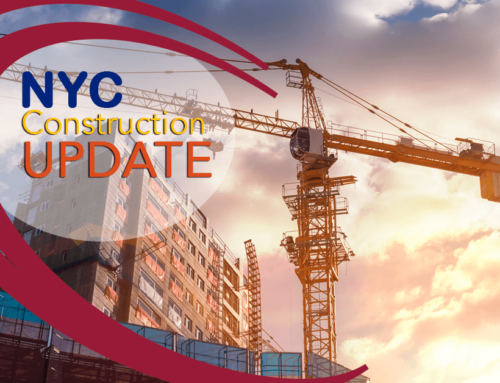From Crain’s New York Business:
New legislation from Gov. Andrew Cuomo would expand the use of design-build—a streamlined bidding process for large infrastructure projects—to all state agencies, according a budget proposal released earlier this week, a move that could prove essential for New York should it have to compete with other states for federal infrastructure dollars.
Advocates for the process—which is credited with bringing the $550 million Kosciuszko Bridge replacement project in on time and on budget and for reducing costs for the new Tappan Zee Bridge by 30%—praised the expansion.
“I think it is critical, particularly as President Trump is talking about a trillion-dollar infrastructure program that is going to rely heavily on public-private partnerships and efficient construction,” said Kathryn Wylde, president of the Partnership for New York City, a nonprofit business advocacy organization.
But the legislation would not expand the use of the procurement process to New York City agencies, something that Wylde and local officials have long sought, arguing that it could save taxpayers billions.
Traditionally, big projects are bid out to design firms first. Once the blueprints are approved, construction firms compete to land the building contracts. This process, called design-bid-build, can be lengthy, and because architects and contractors work independently, conflicts, delays and lawsuits are common. New York City is stuck with this process for all of its infrastructure projects, including the $1.7 billion repair of the cantilevered section of the Brooklyn-Queens Expressway that runs through Brooklyn Heights.
“I still have to use traditional design-bid-build, which, frankly, will add years to the project and tens of millions, if not hundreds of millions, of dollars,” DOT Commissioner Polly Trottenberg told Crain’s last month. “It just makes no sense.”
Design-build, on the other hand, requires builders and designers to submit proposals together, which saves time and can minimize unforeseen construction issues and disagreements. Winning bidders are also held responsible for cost and time overruns, a major incentive to meet deadlines and budgets.
“The governor is a strong supporter of design-build, which has successfully delivered large-scale infrastructure projects, saving time on project completion and taxpayer money,” a Cuomo spokesman said in a statement. “In the past, there has been resistance to the expansion of design-build statewide, but we look forward to discussing it during the budget process.”
In years past, the mayor’s office has introduced a separate design-build bill for the city, and is expected to do so again in the coming weeks, but those proposals have consistently failed to gain approval from the legislature. The resistance has typically come from upstate construction groups and public employee unions—not builders in the five boroughs. In fact, in the spring of last year, a group of city-based labor and business organizations signed a joint letter urging the state legislature to authorize design-build for New York City infrastructure projects. Their plea lost out to the opposition, which exerts a heavy influence on the state Assembly. A spokesman from the Department of Transportation said that the city will head to Albany again this year to advocate for design-build. “We are expecting them to introduce their bill any point,” said Richard Thomas, director of state and local legislative affairs for the Washington, D.C.-based Design-Build Institute of America.
Read more from Crain’s New York Business…





